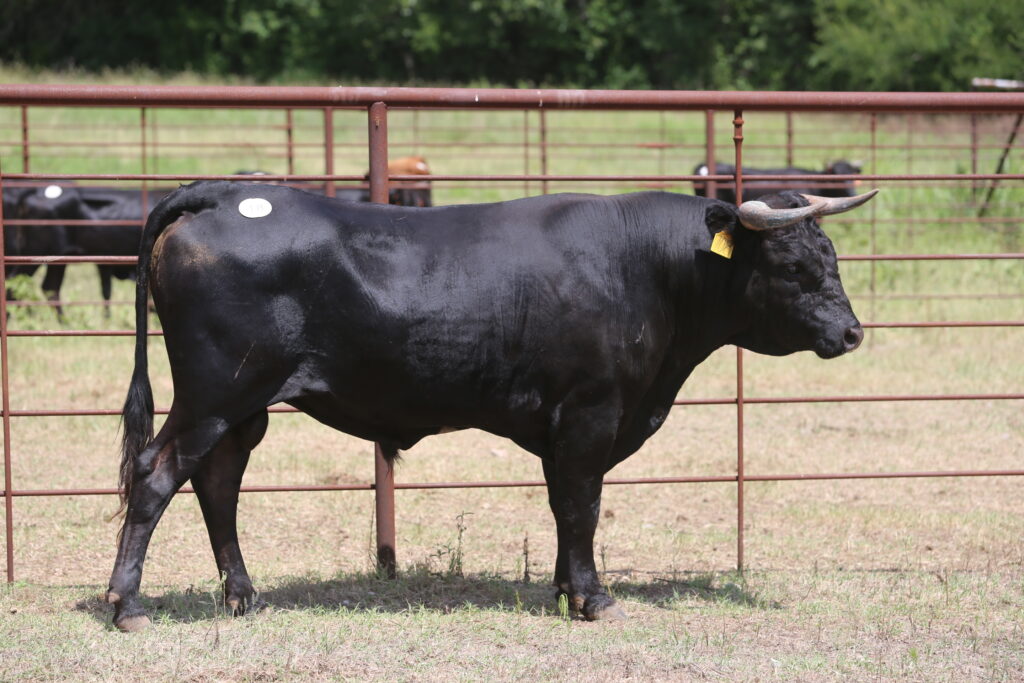
Almost 200 Endangered Livestock and Poultry Breeds
For the past 37 years, The Livestock Conservancy has been identifying and ranking the threat of extinction for almost 200 heritage breeds of livestock and poultry. “More than 4,000 volunteer breeders and 150+ breed associations work diligently to ensure these endangered breeds don’t disappear from our farms, ranches, and backyards throughout America,” explains Dr. Judy Brummer, Interim Executive Director of the Conservancy.
In 2023, counts of some breeds improved significantly. Thanks to the Murray McMurray Poultry Census and the growing popularity of keeping chickens, Australorp, Rhode Island Red, Plymouth Rock, and Brahma chickens have large enough global populations they are graduating off the Conservation Priority List (CPL).
“Heritage breeds of livestock and poultry are an important part of the climate solutions needed for a changing planet,” continues Brummer. Corriente cattle are being added to the CPL in 2023 as a Threatened North American breed with a breeding population of less than 2,000. These agile and athletic cattle are popular for rodeo competitions and thrive in near-desert conditions throughout the southwest. American Yaks which descend from Tibetan imports more than 100 years ago have been added to the Critical category. This breed produces lean, nutrient-rich beef under harsh, cold climates.
Australian Spotted ducks also join the CPL in the Critical category. Despite its name, the small friendly bantam breed was developed in America around 1920. Three bantam chicken breeds also join the CPL in 2023 due to declining populations in both the U.S. and their countries of origin. The Belgian Bearded D’Uccle, Booted Bantam, and Japanese Bantam chickens are showstoppers with no standard-sized counterparts.
Among the 2023 ranking changes for 37 breeds across the 11 species served by the nonprofit Livestock Conservancy, are improvements in America’s turkeys. Black, Royal Palm, and Slate turkey populations are benefitting from farms raising pastured turkeys for the holiday market. The three breeds all improve from Threatened to Watch.
Each year, hundreds of livestock breeders, breed associations, and global conservation partners contribute information about more than 200 individual breeds to The Livestock Conservancy. Data about each breed’s status, risks, and opportunities is weighed carefully to rank their risk of extinction. The Conservation Priority List is the annual product of this rich information and drives specific conservation programs. Stock selections across America often
start by reviewing the CPL.
The Livestock Conservancy promotes the usefulness of heritage livestock and poultry in providing fiber, meat, milk, work, sport, companionship, or conservation grazing. Manna Pro generously sponsored hundreds of staff hours to assemble the 2023 CPL. Working together, not a single breed listed on the CPL has been lost to extinction in almost four decades.
Why is genetic diversity important?
Like all ecological systems, agriculture depends on genetic diversity. In domestic animals, genetic diversity is revealed in distinct breeds, each with different characteristics and uses. Biodiversity is necessary to adapt food systems to an ever-changing environment. Heritage breeds retain essential attributes for survival and self-sufficiency. These include fertility, foraging ability, longevity, hardiness, maternal instincts, and resistance to diseases and parasites. As agricultural needs change, this genetic diversity will be necessary to ensure adequate food and fiber production. Once lost, genetic diversity is gone forever.
What Are Heritage Breeds?
Heritage breeds are traditional livestock and poultry breeds raised and stewarded for generations. Some of the breeds on the Conservation Priority List have been found in America for more than 500 years. These breeds were carefully selected over time to emphasize the traits that made them successful in their local environments. They thrived under farming practices and cultural conditions often very different from those found in our modern agricultural systems.
Heritage breeds are in danger of extinction. As agriculture changed over the years, many of these breeds fell out of favor. Heritage breeds store a wealth of genetic resources that are important for our future and the future of our global agricultural food systems.
For more details about the 2023 CPL, please visit https://livestockconservancy.org/heritage-breeds/conservation-priority-list/ and click on the link at the bottom of the page titled “2023 Changes to the CPL.”



